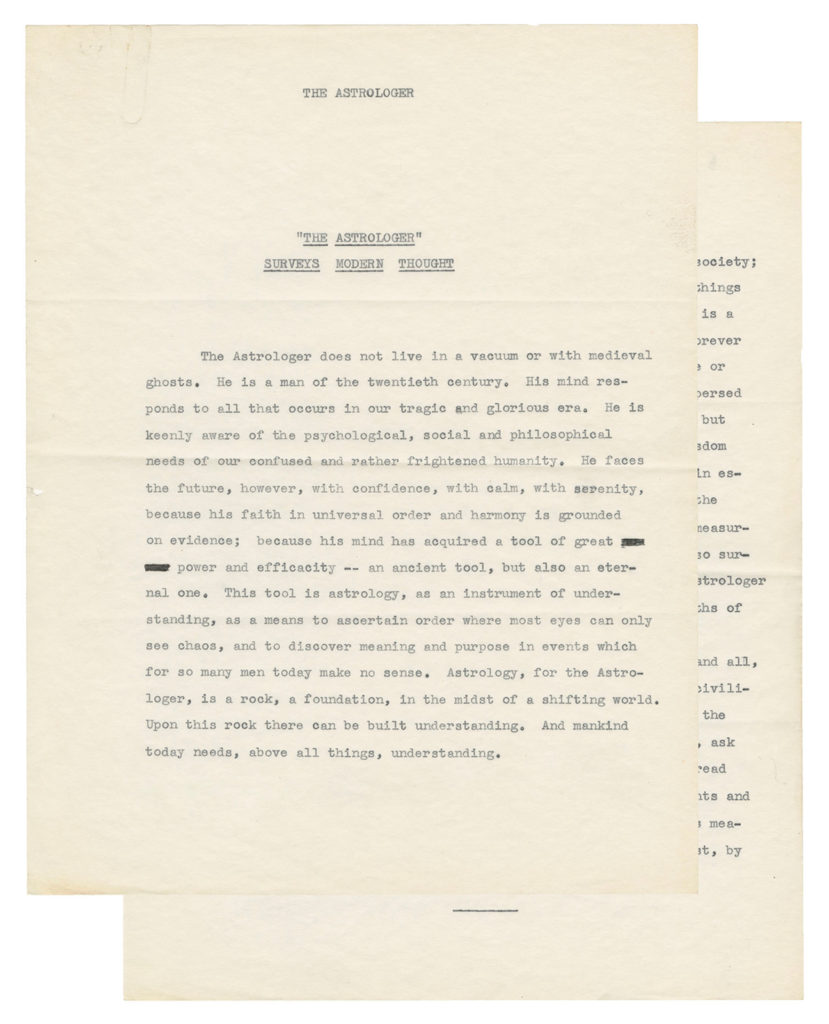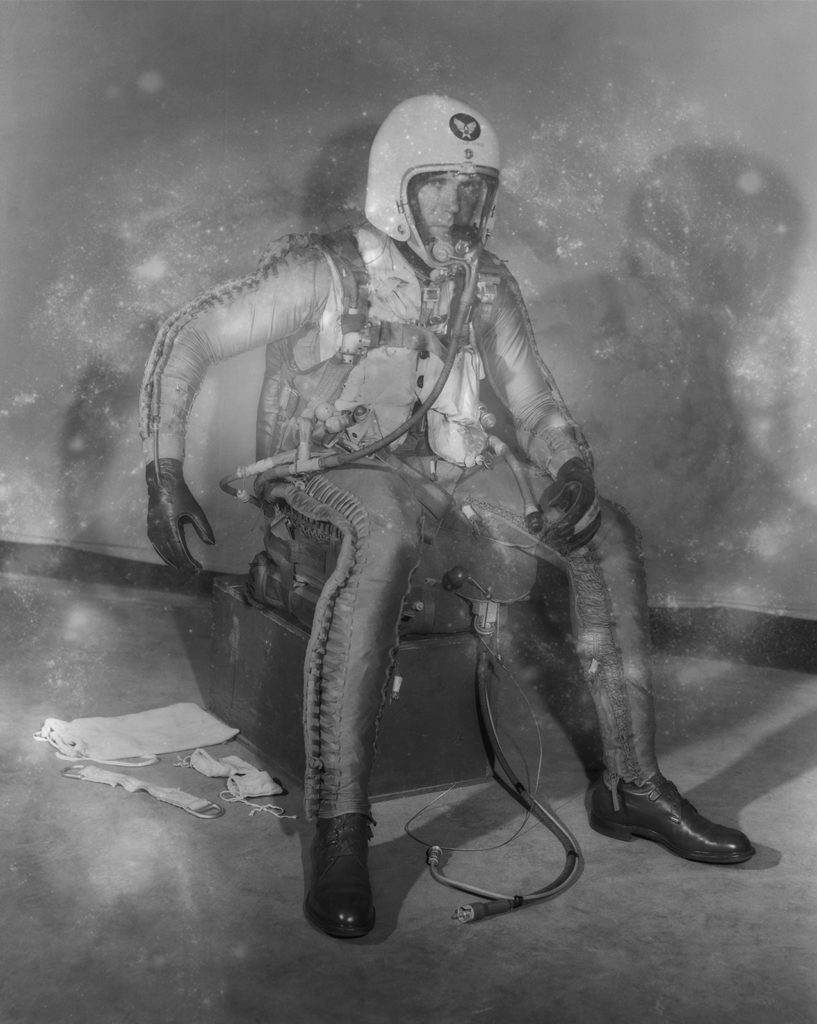Antone Dolezal is a visual artist and author whose body of work surveys the cultural and political dynamics of American folklore and mythology.
Your work is related to the themes of American folklore and mythology. What draws you to this field?
I’m interested in communal storytelling. Whether it’s oral storytelling traditions, literature or visual materials, the stories people share amongst one another tell us a lot about a culture’s values, fears and anxieties and what is going on socially and politically. With my work, I have found that folklore and American myth-making can be infinitly inspiring. It allows me to navigate between documentary photography, staged and performative imagery and historical materials.
What were the key elements to your photographic education? I don’t just mean photographers-schools-I’m thinking of key life experiences or other forms of art.
I grew up amongst a family of Wheat Farmers in Oklahoma. We were big storytellers and I heard a lot of folkloric stories growing up. This was my initial introduction to making the work I do today. My father was also a newspaper photographer for awhile, which allowed me access to his darkroom growing up. Later on I assisted many well-known photographers and received a formal education in photography at the College of Santa Fe and later Syracuse University.
What was the starting point of this project? Could you tell us more about your practice.
Without going into too much detail, I had an interesting experience with a New Age religion while living in Santa Fe, New Mexico. There is a predominant New Age community there and it’s easy to find oneself surrounded by believers of these practices. Many folks I knew were were deeply embedded in New Age mythology, which can be traced to Sci-Fi Cinema, government conspiracy theories, early astrology, Indiginous appropriation, etc. Several of these people later became involved in the QAnon internet cult. I found this unnerving, how one form of belief can easily be replaced by another, so I began researching the history of new religious movements in America and found many parallels throughout American history.
Photography, as all mediums, has its limitations. Why do you think that it worked well as a tool in your case?
A lot of it has to do with the strength of the images. Also, photography’s complicated relationship to evidence is on full display in this series. Understanding the mediums limitations and then attempting to blur the lines between the photograph as a document and work of ficition is important and hopefully and understood concept within this work.
Politics and Photography it’s a great combination. When and where did you get your political consciousness from?
From my parents! Despite being from Oklahoma, my whole family is fairly progressive and politically active. It didn’t hurt either that I have lived and traveled all over the place. Experience is key to forming a political conscious.
Could you tell us about the installations of this project at Syracuse Art Galleries and Red Hook Labs? How did you manage the different sizes and materials of the works?
I didn’t have a say in the Red Hook Labs installation. For the Syracuse Art Museum I wanted to produce an installation that drew connections between the varying photographs and textual materials. It’s a constellation of materials that forms layers of meaning and connections. For that specific exhibition, portraits and details overlap with psychological landscapes, while archival and text are presented within a vitrine.
What will be the approach in your upcoming solo exhibition that focuses on this project?
It won’t be too different than the Syracuse Art Museum exhibition, however at the upcoming show at the Sierra Arts Foundation in Reno there will be many more newer images and the larger landscapes will be framed and under glass. The text will be framed on the wall and exist as more of a visual element in the space as well.
The project achieves ost It references myths of the past but at the same time nods to contemporary theories of conspiracy. How dο you achieve this?
All of my work looks at the past as a means to speak about the present. It is an investigation into how myth is constructed, progresses over time and what that says about our contemporary moment. I like to think of my projects as being absent of a linear timeline, where the past, present and possibly future collapse into themselves. With this sensibility, I hope to provide a nuanced perspective of how history repeats itself and how myth and superstition still control many of our lives here in America.
More on his website















